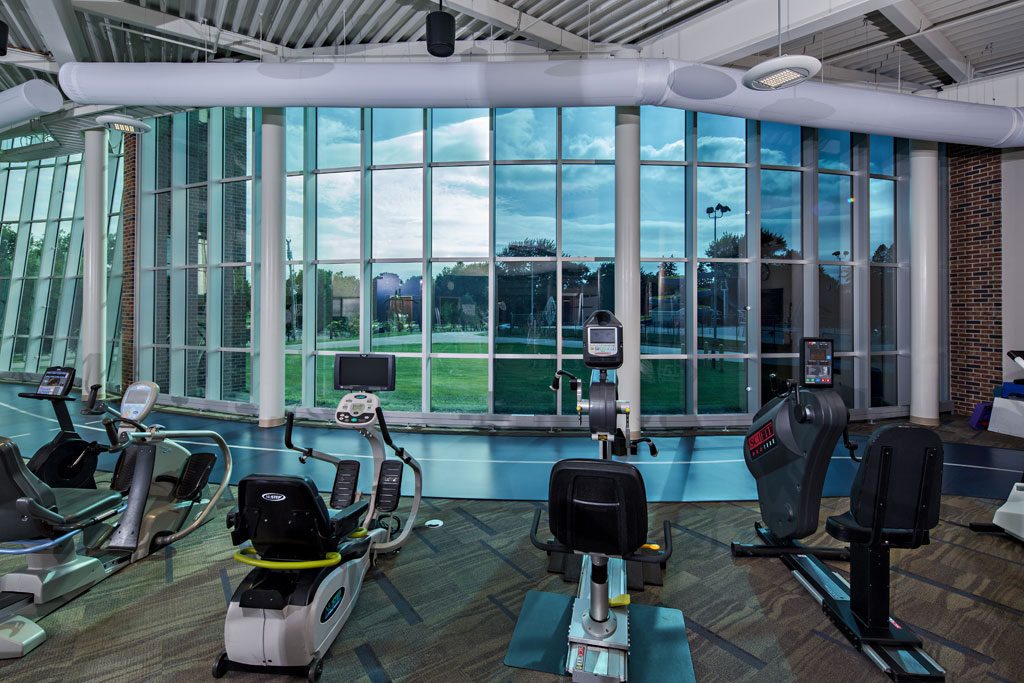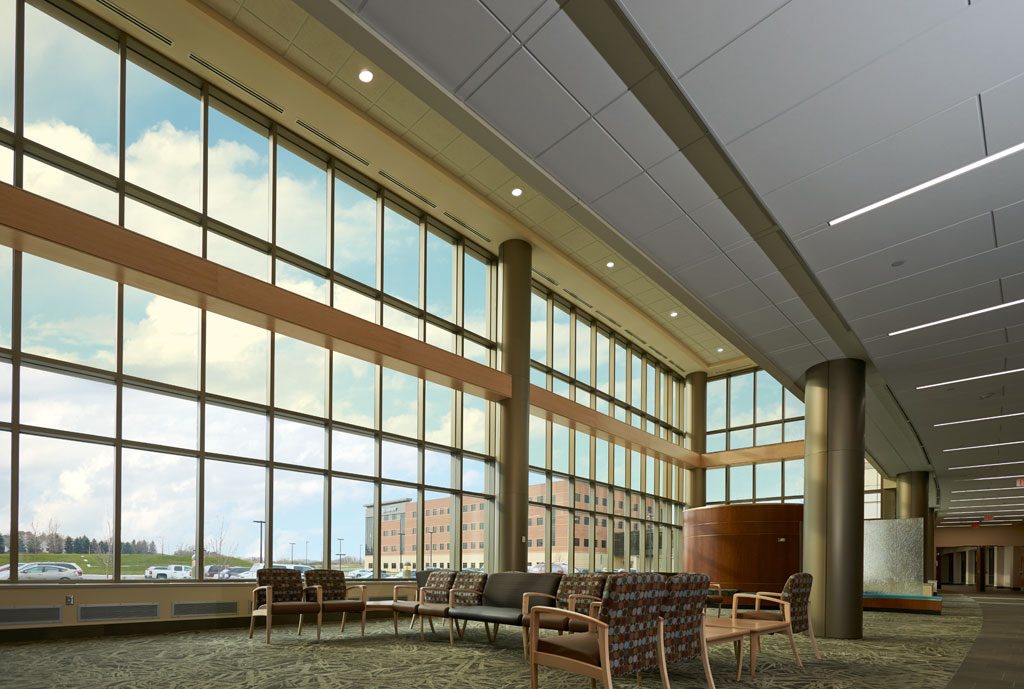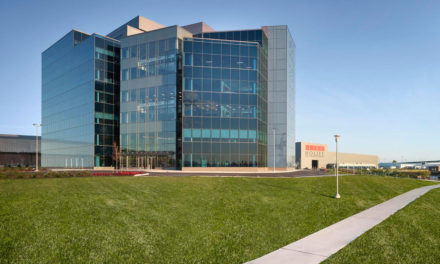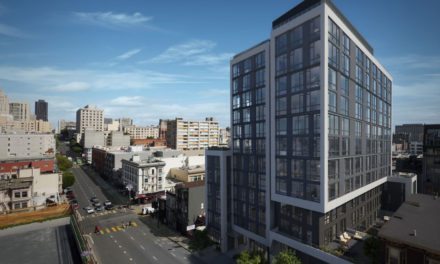Sunlight is increasingly becoming just what the doctor ordered, and dynamic glass is getting its day in the sun as a result.
Healthcare facilities are typically designed with the intention of providing a place where patients can be treated by medical professionals and recover as quickly as possible – with the full responsibility of health improvement placed on the professionals at the facility. However, what is sometimes overlooked is how the design of a healthcare facility can impact a patient’s recovery more than first thought.
Countless studies have linked access to natural daylight and views of nature to faster patient recovery rates, decreased dependency on medication and improved emotional wellness. What’s more, natural daylight has a direct biological impact by helping to modulate a patient’s circadian rhythm to improve alertness and reduce depression. Daylight even increases Vitamin D absorption as well as improves heart health and bone growth.[1]
While daylight improves patient recovery, it does not always translate to energy savings, which is especially concerning for hospitals which are notoriously known to be an energy intensive market segment. According to the Department of Energy’s Retrofit Guide for Healthcare Facilities, “the Energy Use Intensity of hospitals and other inpatient healthcare facilities is nearly three times that of typical commercial buildings.” Hospitals are unique from other building types in that they require cooling all year round no matter where they are located geographically due to several factors, including medical equipment and bright lighting which both add heat to the space.
So, the question remains, how can architects design healthcare facilities that provide access to natural daylight while minimizing the usage of HVAC and overhead electrical lighting systems?
There has been a recent increase in dynamic glass installations in healthcare facilities to provide architects with a way to provide access to outdoor views and save energy without compromising the architect’s aesthetic vision. At SageGlass, we have seen this through our recent installations at the Mercy Orthopedic Hospital in Fort Smith, Arkansas; Fairview Ridges Hospital in Burnsville, Minn.; and Butler County Health Care Center in David City, Neb.
Optimizing Sunlight
Daylight is good for improving patient recovery, but optimized daylight is even better. Optimized daylight means no uncomfortable glare disrupting patients’ views of the outdoors and less chance of overheating. By letting sunlight in on cool days and blocking it on hot days, SageGlass dynamic glass dramatically reduces energy demand and the need for HVAC and can generate energy savings of more than 20 percent.
As compared to low-e traditional glass, dynamic glass also creates a better experience for healthcare staff because it is easier to clean and maintain and prevents interior fading. Traditional windows require blinds or shades in order to reduce heat gain and glare, and as we all know, blinds and shades attract dust and germs. Blinds and shades need to be constantly cleaned and sanitized by hospital staff, which is a drain on time and employee resources. By absorbing germs, blinds and shades also threaten the sterility of healthcare facilities, which is a crucial aspect of the healing process.
A recent trend in the healthcare industry is to grade hospitals based on the likelihood of a patient incurring an infection in the facility, different than the medical issue for which the patient was initially admitted. According to The Leapfrog Group, an independent nonprofit committed to driving quality, safety, and transparency to the U.S. health system, one out of every 25 patients develops an infection while in the hospital. SageGlass provides a way to help reduce this staggering statistic by creating a more sterile patient environment.
By truly understanding how dynamic glass can improve patient recovery and the healthcare staff experience as well as reduce overall energy usage and increase sustainability, we believe we will see a growing number of dynamic glass installations in this sector as architects consider how SageGlass dynamic glass can transform these spaces without compromising their design freedom.
[masterslider id=”15″]
About the author
Lou Podbelski
Vice President Architectural Solutions, SageGlass
Lou is responsible for the Architectural Solutions team at SageGlass which provides customer consulting, commissioning, and post-installation support. He has over 30 years of experience in the construction industry, 25 of which were in the glazing industry. His expertise includes the development of new products and successfully guiding them through the product life cycle. Prior to joining SageGlass he was senior vice president of marketing and business development at Harmon, Inc. the nation’s largest glazing contractor. He also has experience in Six Sigma, market analysis, brand building, strategic planning and implementation. Mr. Podbelski holds a B.A. in Architecture from Virginia Tech and an M.B.A. from Monmouth University. He is also a licensed architect, a member of the American Institute of Architects and the Construction Specification Institute.
About SageGlass®
SageGlass® is the pioneer of the world’s smartest electrochromic glass and is transforming the indoor experience for people by connecting the built and natural environments. Electronically tintable SageGlass, a product of Saint-Gobain, dynamically optimizes daylight and manages temperature – all while maintaining unobstructed views of the outdoors. With SageGlass, building occupants can comfortably experience the biophilic benefits of the outdoors, including stress reduction, enhanced creativity and an improved sense of well-being. Unlike conventional sun controls such as mechanical window shades or blinds, SageGlass allows architects to elegantly solve solar control challenges without sacrificing aesthetics and design. As a wholly owned subsidiary of Saint-Gobain, SageGlass is backed by 350 years of building science expertise that only the world leader in sustainable environments can provide. Ready to look again? Visit www.SageGlass.com, @Sage_Glass and Facebook.com/SageGlass.
About Saint-Gobain in North America
Saint-Gobain, the world leader in sustainable environments, has designed and manufactured high-performance building materials that improve the lives of people all over the world. From the Hall of Mirrors at Versailles and the glass pyramid at the Louvre, to The Statue of Liberty and The World Trade Center, and even components that allow the Mars Rover Curiosity to seek out life on another planet, Saint-Gobain has been a part of the fabric of human history, advancement and improvement.
In North America, the company upholds this rich history of innovation by making a material difference in the spaces where people work, live, play, heal and learn. Along with its North American headquarters in Malvern, Pennsylvania, Saint-Gobain has more than 150 locations in North America and approximately 14,000 employees. In the United States and Canada, Saint-Gobain reported sales of approximately $5.7 billion in 2015. Experience our innovation, wonders and advancements by visiting www.saint-gobain-northamerica.com and connect with Saint-Gobain North America on Facebook and Twitter.
About Saint-Gobain
In 2015, Saint-Gobain is celebrating its 350th anniversary, 350 reasons to believe in the future. Backed by its experience and its capacity to continuously innovate, Saint-Gobain, the world leader in the habitat and construction market, designs, manufactures and distributes high-performance building materials providing innovative solutions to the challenges of growth, energy efficiency and environmental protection. With 2014 sales of €41 billion, Saint-Gobain operates in 66 countries and has over 180,000 employees. For more information about Saint-Gobain, visit www.saint-gobain.com and the Twitter account @saintgobain or download the “Saint-Gobain Shareholder” application for tablet and smartphone.
1 Mara Baum, HOK; Kyle Brunel, DGA; Steve Guttmann, Guttmann & Blaevoet; and Jean Hansen, HDR Architecture (November 14, 2012). “Natural Light for All”. Greenbuild International Conference, San Francisco, Greenbuild 2012.








